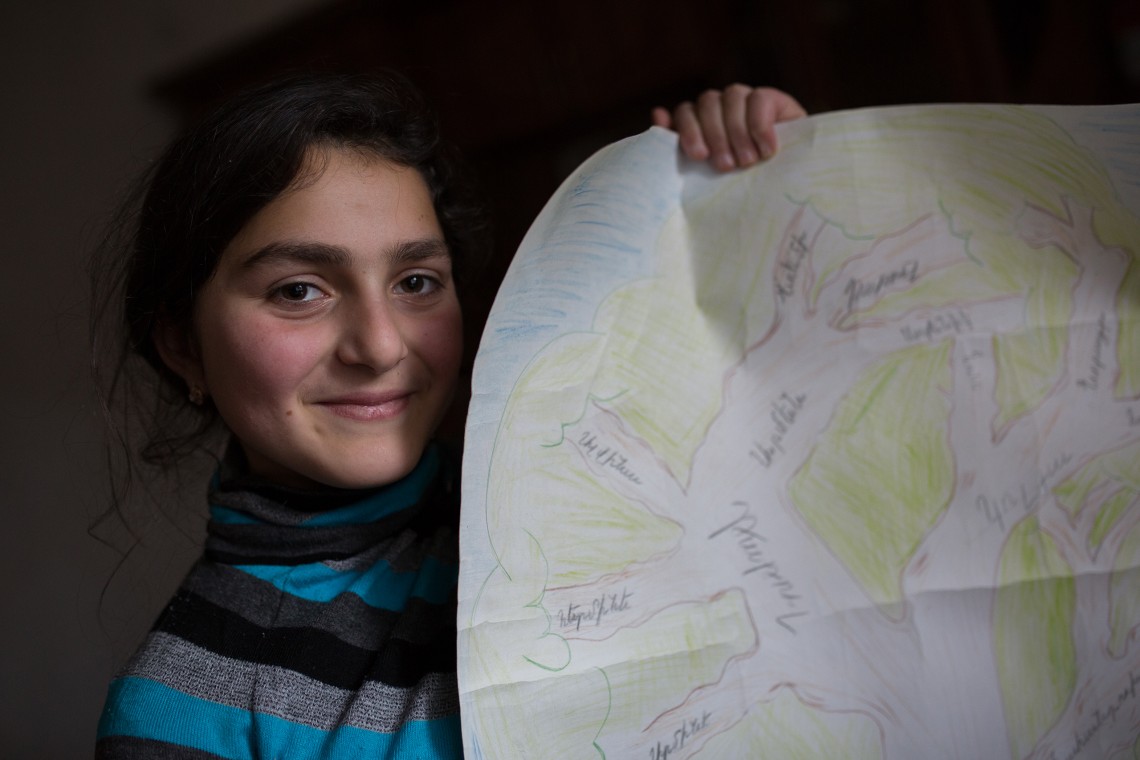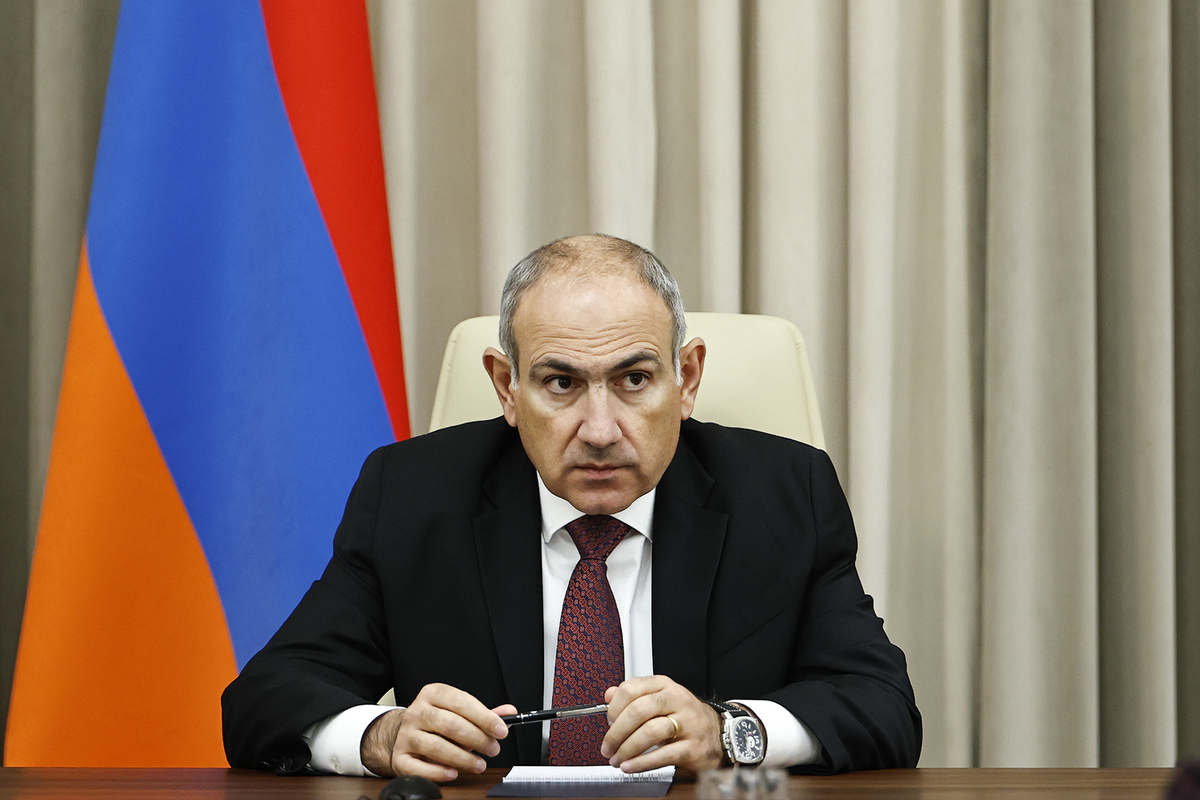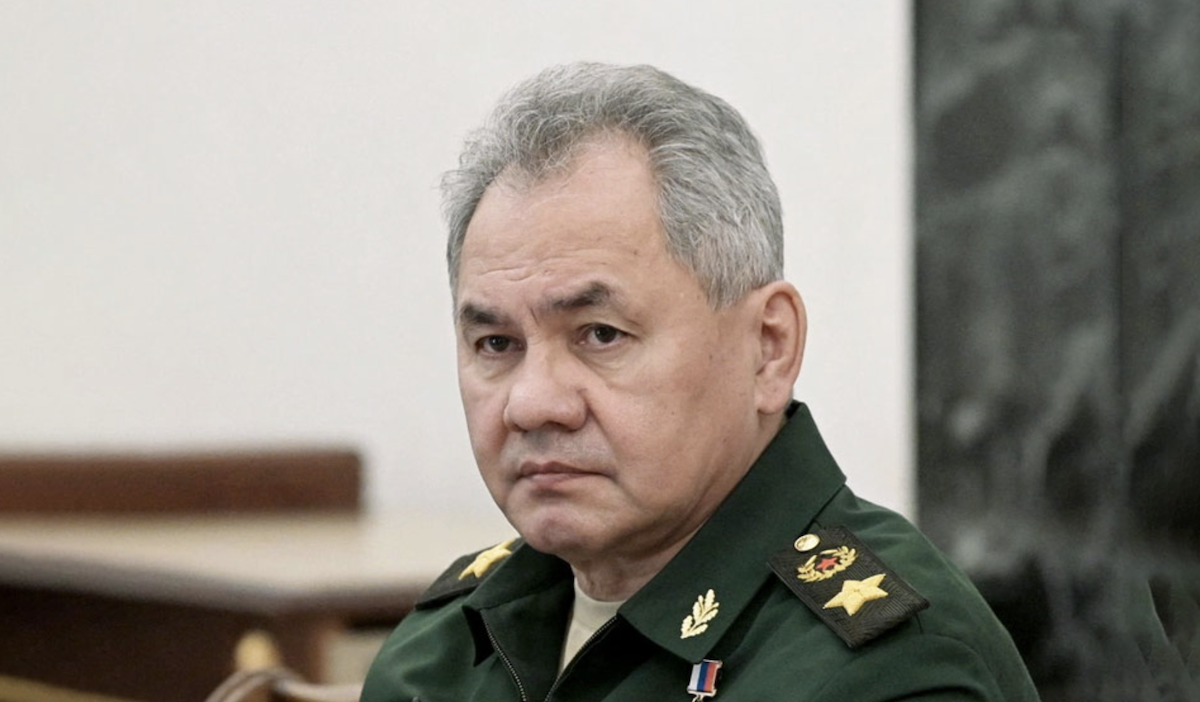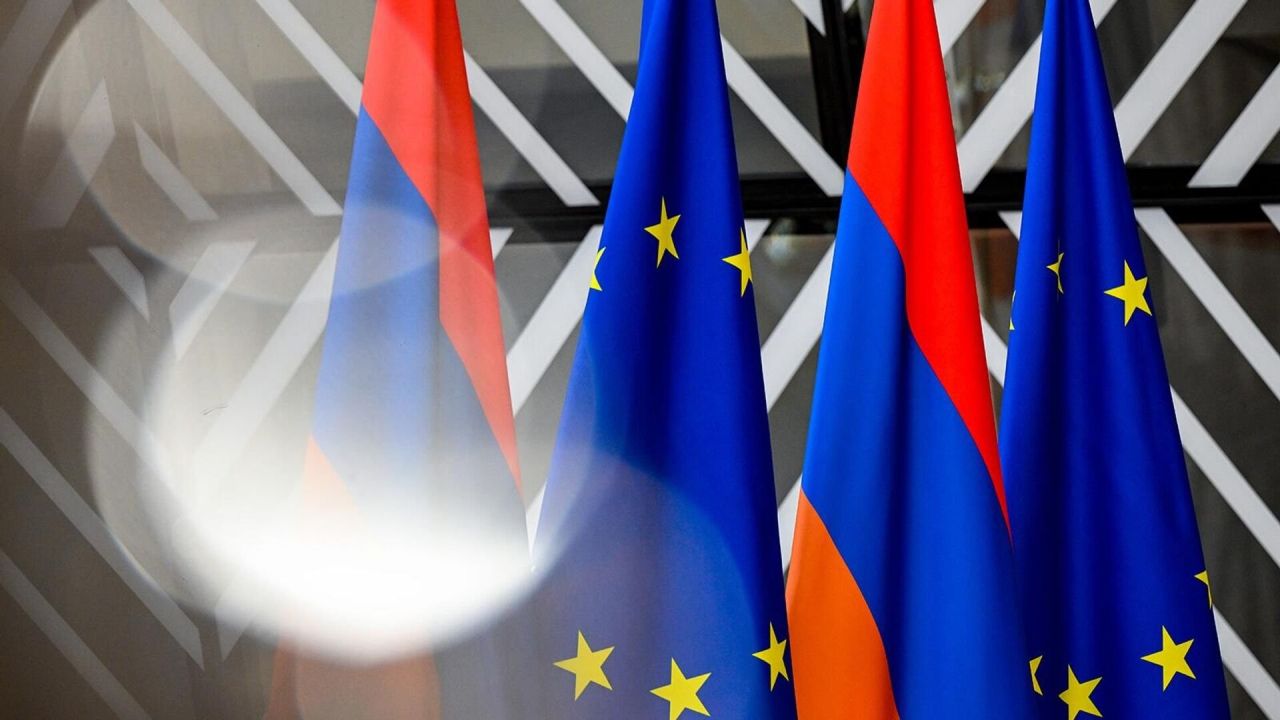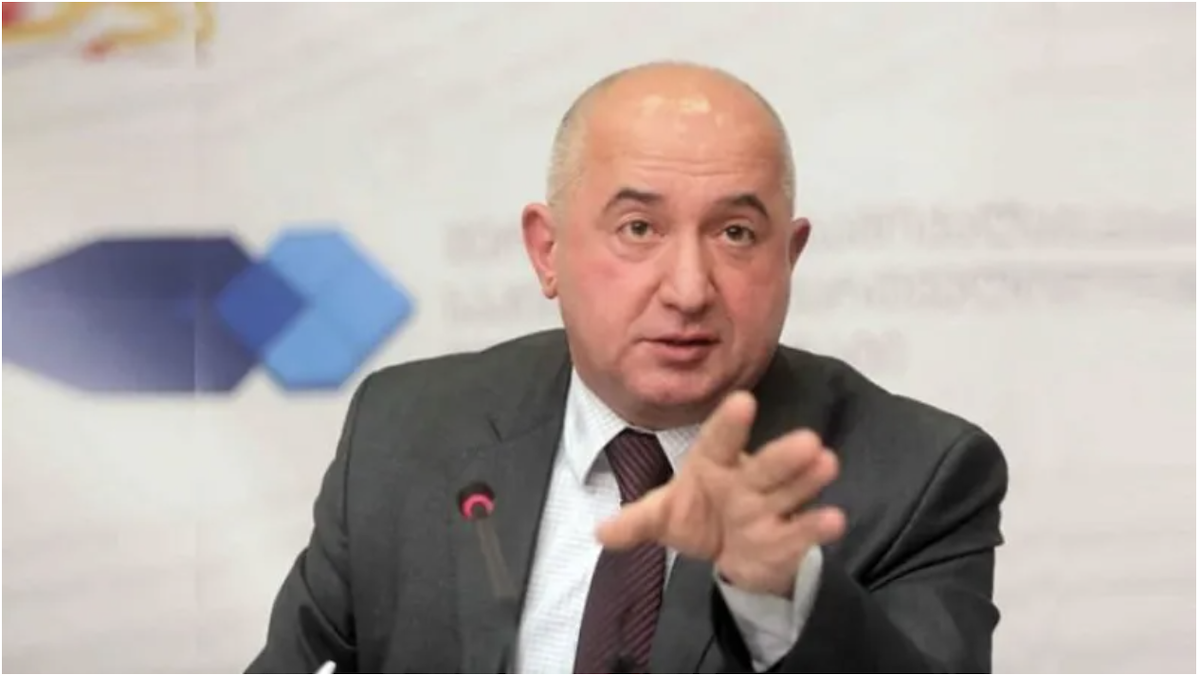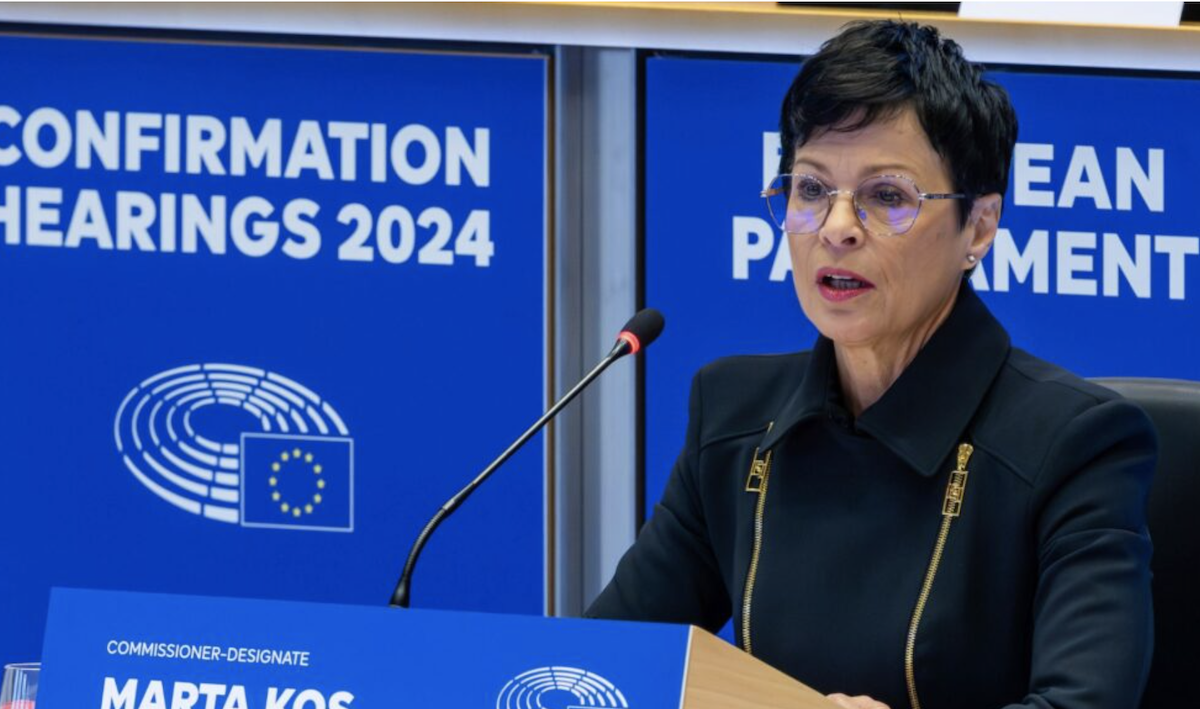“The Armenian regions will grow and develop if people like me stop leaving”
The Armenian Statistical Committee has published data on the demographic situation in Armenia as of July 1, 2020 – the country’s population stands at 2,963,000 people.
The coronavirus has had a positive impact on the demographic situation in Armenia: with the borders closed, by July 1 the number of permanent residents increased by 3300 compared to the same time period last year. A study by demographer Artak Markosyan reported that for the first time since 1991, Armenia experienced population growth within a six-month period.
However, people living in the regions continue to migrate towards the capital. The official statistics report the same story. In one year, 6,600 people left the regions and came to live in Yerevan.
Demographers are concerned about the population decline in the regions and the high population concentration in the capital.
● The village from which Armenia begins. Photos and video
● Single mothers in Armenia – the stories of women who dare to go it alone
Concrete examples
“The regions will grow and develop if people like me don’t leave. But not everyone has the will to devote their lives to this lifestyle. Perhaps I was not brave enough to stay in Noyemberyan”, says 25-year-old Maga Gishyan.
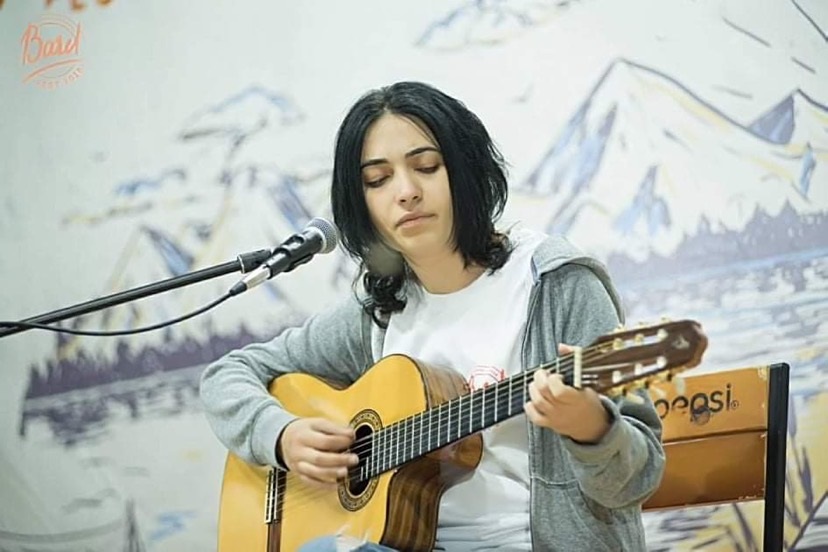
She was born in the Tavush region of Armenia, which borders with Azerbaijan.
Maga says that she left her hometown because she could no longer imagine a life for herself there. She moved to Yerevan in order to be closer to the music scene, for work, and to find new opportunities:
“Young people want to learn, or at least to adopt knowledge from others. Their environment plays an important role. Living on nature’s doorstep in Noyemberyan was amazing, but it was bad for professional growth, because you’re just running in place”.
Maga believes that it is easier to establish and gain independence in Yerevan. However, she’s finding it difficult to live here, as do many young people from the regions – she needs to earn a living to pay rent on her apartment.
After moving to the capital, Maga began to sing in a restaurant, connect with various musicians and organize jam nights with them.
“Why are we rushing to Yerevan? Because we are young, we want more colors, a new environment, a variety that is not available in the regions”, she says.
Maga left her hometown Noyemberyan back in 2011. At that time, she was leaving to get a professional education in another city. There is no music school in her city. After four years at the Dilijan State College of Arts, she returned home and taught the children in her hometown to sing and play the guitar for about two years. But the desire to achieve more forced her to leave Noyemberyan again.
Based on her own experience, Maga came to the conclusion: people will stop leaving the regions if favorable social conditions, opportunities, and infrastructure are created for them. She regretfully admits that she does not intend to return home yet.
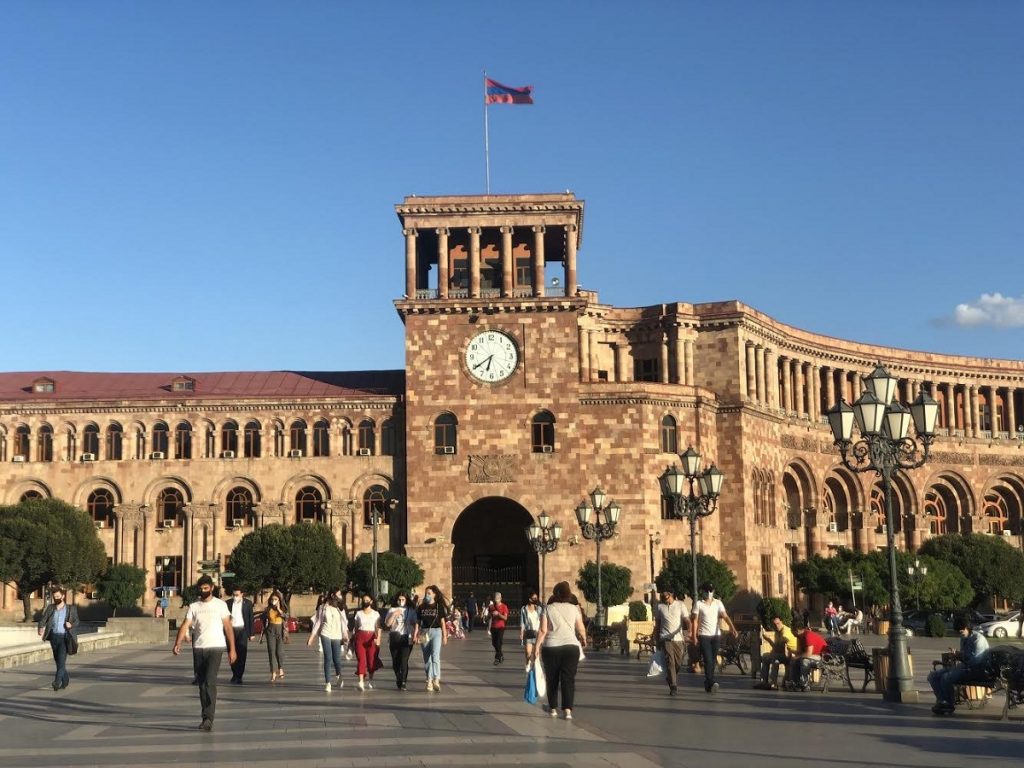
Expert opinions
“We need to make sure that the students who receive their education in Yerevan return to the regions. Armenia is in conflict with two bordering countries, and the war with Azerbaijan is not over yet. The villages are our second line of defense. It will be a problem if they empty out”, says Markosyan.
People are leaving the regions due to lack of jobs and infrastructure, social problems, uncertainty about the future and low levels of education.
This year, the government is improving preschools and schools in rural areas. And Markosyan emphasizes that they need to think about improving the quality of education as well:
“Research shows that children from the regions receive lower scores than city children. And parents, seeing that the quality of education is lower in the villages, leave for the city in order to give their children a better future, among other things”.
The level of internal migration and population concentration in Yerevan is growing. As of July 1, 2020, there are 1,087,000 permanent residents in Yerevan. That is, 37% of the country’s population lives in the capital, not counting people who have moved to Yerevan and have not yet registered their change of address. This creates a significant concentration of the population in the capital and disrupts the balance of the population distributions.
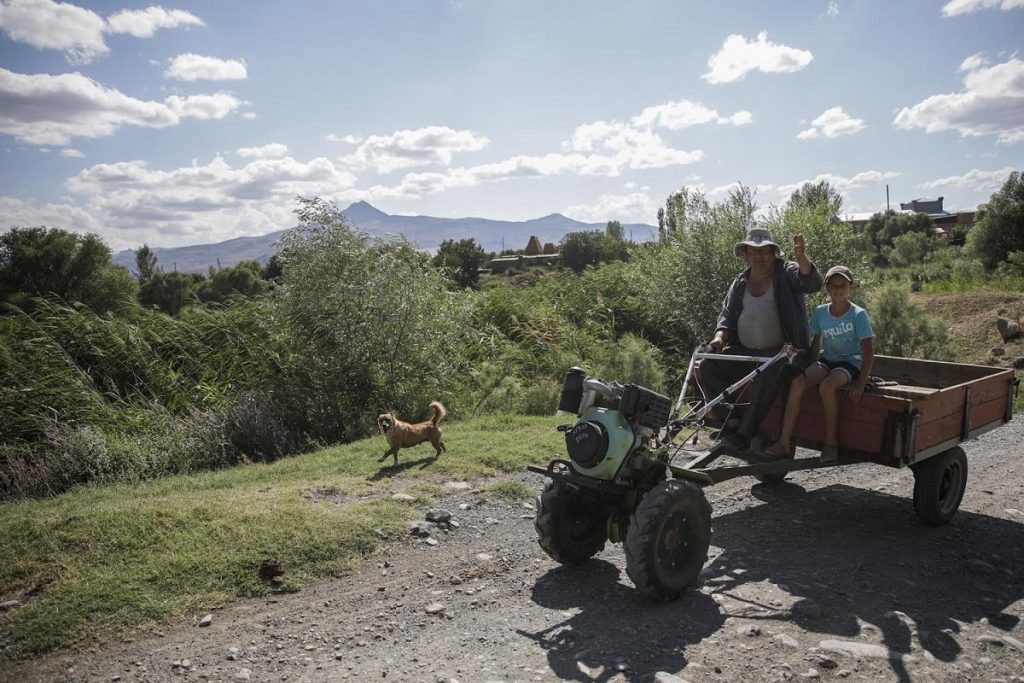
Decentralization project
Markosyan believes that Yerevan’s resources have already been exhausted, and that it is difficult for the capital to accept the growing influx of residents from the regions. And in order to stop this migration, the regions must be developed.
In some places this process has already begun at the initiative of the local residents who are more socially active. And even there was a movement called the “Agrorevolution”.
This is a project organized by many young people from different fields. They decided to tackle the challenge of changing life in Armenian villages, to make them modern and successful. They began with the most “difficult” villages, where there seemed to be no development prospects, achieved certain success, and have already inspired others to do the same.
Agrorevolution is a private initiative and has nothing to do with the Velvet Revolution that took place in Armenia in 2018.
But the new government is also beginning to take steps to develop the regions.
“By order of the prime minister, we started to develop a concept and strategy for the development of modern Armenian villages. The document will be ready soon, and will take into account the whole range of issues: how to make life in the villages dignified, and how to create an environment in which people want to live”, says Robert Ghukasyan, adviser to the prime minister on rural communities.
To prevent population displacement from the regions, the government has already approved the “State support program for providing housing for families with children.”
Under this program, people wishing to purchase housing in the regions with a mortgage will receive lump sum financial assistance in 2020-23. Families with two or more underage children will be eligible to receive state assistance for the down payment.
In addition, the government is developing ways to stimulate the birth rate. In particular, the state assistance given after the birth of the first child has been increased by 250,000 drams (over $500), and for the birth of the second child, by 150,000 (over $300). Now, they will be given over 300,000 drams (approximately $620).
But Markosyan believes that it is more important to create new jobs in the regions:
“We need to make sure that young people living in rural areas do not want to leave, we need to help them, so that they have something to do in their own village. We need to implement targeted programs”.











